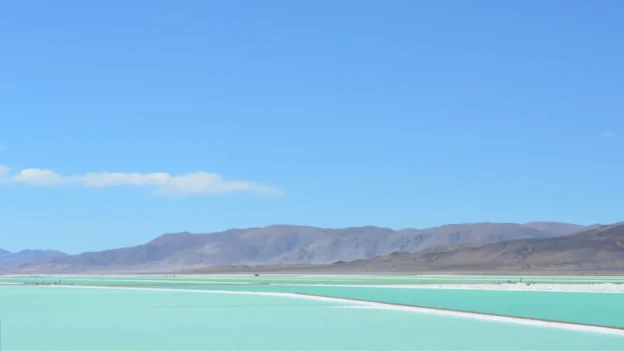Research led by the Geological Survey of Western Australia (GSWA), in collaboration with Curtin University and the University of Western Australia, has revealed how high-grade lithium formed in the state. These findings could alter the way in which models are conceived for mining exploration in ancient geological contexts.
How did lithium form in the Pilbara and Yilgarn?
Until now, many of the approaches used to locate lithium reserves have been lithium reserves were based on more recent geological settings. However, the new study demonstrates that lithium systems in Archaean terrains, such as those in the Pilbara and Yilgarn regions, respond to distinct processes involving the ascent of enriched magmas from the Earth’s mantle.
According to the research team, these magmas derive from deep removals, and their channeling through ancient faults enriched the crustal rocksgenerating lithium-rich formations such as pegmatite. This mechanism would be responsible for positioning Western Australia as the world’s largest supplier of hard rock lithium, comfortably surpassing Chile.
GSWA Executive Director Michele Spencer noted that this research not only expands knowledge about the state’s earth’s crust, but provides crucial data for the mining industry.
This advance makes it possible to direct exploration towards regions that were previously considered geologically improbable.
He stated.
Research expands the search for lithium
In a global context where the demand for lithium is growing rapidly – driven by the production of electric vehicles and solar energy storage solar energy storage– this new perspective on geological processes could trigger an expansion in the search for new sources.
The publication of the results in the scientific journal Communications Earth & Environment also validates the importance of collaboration between academic institutions and public entities to strengthen the transition to cleaner energy technologies.
Understanding the origins to enhance the future
The study demonstrates that it is not enough to apply generic exploration models: a thorough understanding of specific geological contexts is required. In this case, the stable and ancient terrains of Western Australia, long considered less promising, may contain even greater wealth than estimated.
This paradigm shift could drive new mining investment in previously overlooked areas and cement Western Australia as a global epicenter in the extraction of critical minerals. extraction of critical minerals..
Source and photo: Government of Western Australia

